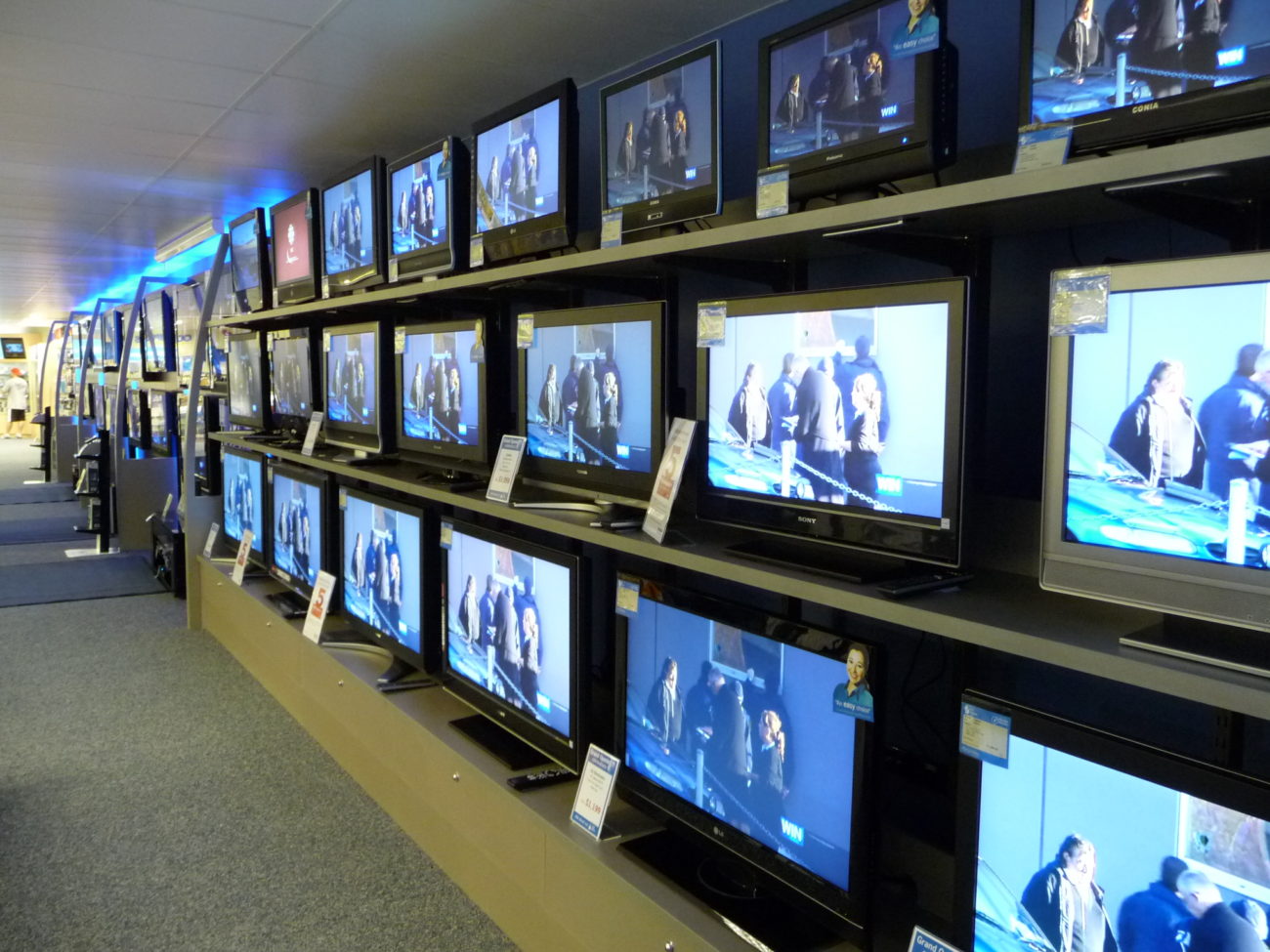With traditional retailers jumping into the lease–to–own (LTO) or lease purchase transaction and trying to capture that elusive customer who cannot qualify for or does not want additional credit, it is more important than ever for traditional brick and mortar rent–to–own (RTO) dealers to continue improving not only their rent–to–own foundational strength but their retail game as well.
The traditional RTO dealer has always had the ability to complete a cash or credit card sales transaction with every item they have in their store. But, for the most part, customers who walked into the RTO store in the past weren’t shopping with cash or credit cards.
Now is the time to change that image, the one that says an RTO store only rents products. Here’s how.
Two things really stand out to me today as the RTO dealer gets more competitive in the retail space: overall store image and the digital footprint.
First, a positive store image is key for any retailer. Take, for example, Target, which recently jumped into store refurbishment by committing to refresh more than 1,000 locations by the end of 2020. Store remodels aren’t the only driving factor, but Target calls the refurbishments a vital component for their comp sales growing approximately 10% over the past two years.
I think you would agree that store image is an important piece to driving both repeat business and new customers into your store. And that means creating and maintaining a great–looking, well–merchandised location!
The second influencer is your digital footprint. Today, most of our customers carry a smartphone, and according to the Vibes 2019 U.S. Mobile Consumer Report, the five brands that are most–often mentioned as being top–of–mind among smartphone-owning consumers are Amazon (63%), Walmart (49%), Target (34%), Home Depot (26%) and Kohl’s (22%). Now, these aren’t RTO dealers, but the data in this survey applies to all independent retailers, large and small, including RTO stores.
Here is where it gets real. When asked what makes a brand top of mind, respondents most frequently answered:
- Merchandise that suits their lifestyle and budget (56%)
- Excellent customer service (48%)
- Unique products they love (38%)
- Special deals and promotions (36%)
- Generous return policy (35%)
- High minimum–quality standard (34%)
- Excellent rewards/loyalty program (33%)
- Professional, pleasant employees (31%)
These answers not only fit the independent retail marketplace but, in my opinion, define the expectations of the consumer in the rent–to–own marketplace as well!
In addition, responses indicate that seven out of 10 consumers save or would like to save coupons to their phone, and 63% are interested in saving loyalty cards to their phone. More than half (53%) would choose a brand with a mobile messaging platform over one without, and 77% prefer digital coupons to paper alternatives.
Other notable responses include:
- 32% of respondents will subscribe to a brand’s mobile messaging for loyalty points, 25% for incentives/coupons and 10% for info/product updates
- 56% of respondents cite deals and offers as a primary reason to opt into brand texts, but 86% have unsubscribed from a brand’s texts for receiving too many or irrelevant messages
This past August, I was fortunate to attend my very first Nationwide Marketing Group PrimeTime event in New Orleans. One big take away from the general session hit on my second key point, which is your digital footprint in the marketplace.
The Nationwide team delivered some hard-hitting questions about digital marketing and what your current provider creates and delivers for each dollar spent. Those questions really got me thinking. Now is the time to take a hard look at your store’s digital footprint and making changes to meet customers and potential customers where they’re at in their buying journey. Because by looking and acting a little more like retail today, you’ll position your RTO store for greater business success tomorrow.
This article was first published in the November 2019 issue of The Retail Observer.




